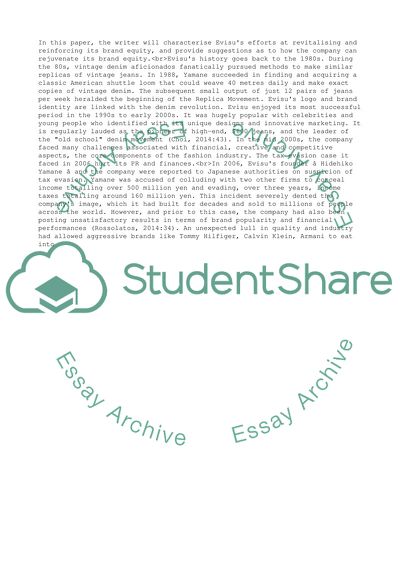Cite this document
(“Brand management Essay Example | Topics and Well Written Essays - 1750 words”, n.d.)
Retrieved from https://studentshare.org/management/1674894-brand-management
Retrieved from https://studentshare.org/management/1674894-brand-management
(Brand Management Essay Example | Topics and Well Written Essays - 1750 Words)
https://studentshare.org/management/1674894-brand-management.
https://studentshare.org/management/1674894-brand-management.
“Brand Management Essay Example | Topics and Well Written Essays - 1750 Words”, n.d. https://studentshare.org/management/1674894-brand-management.


